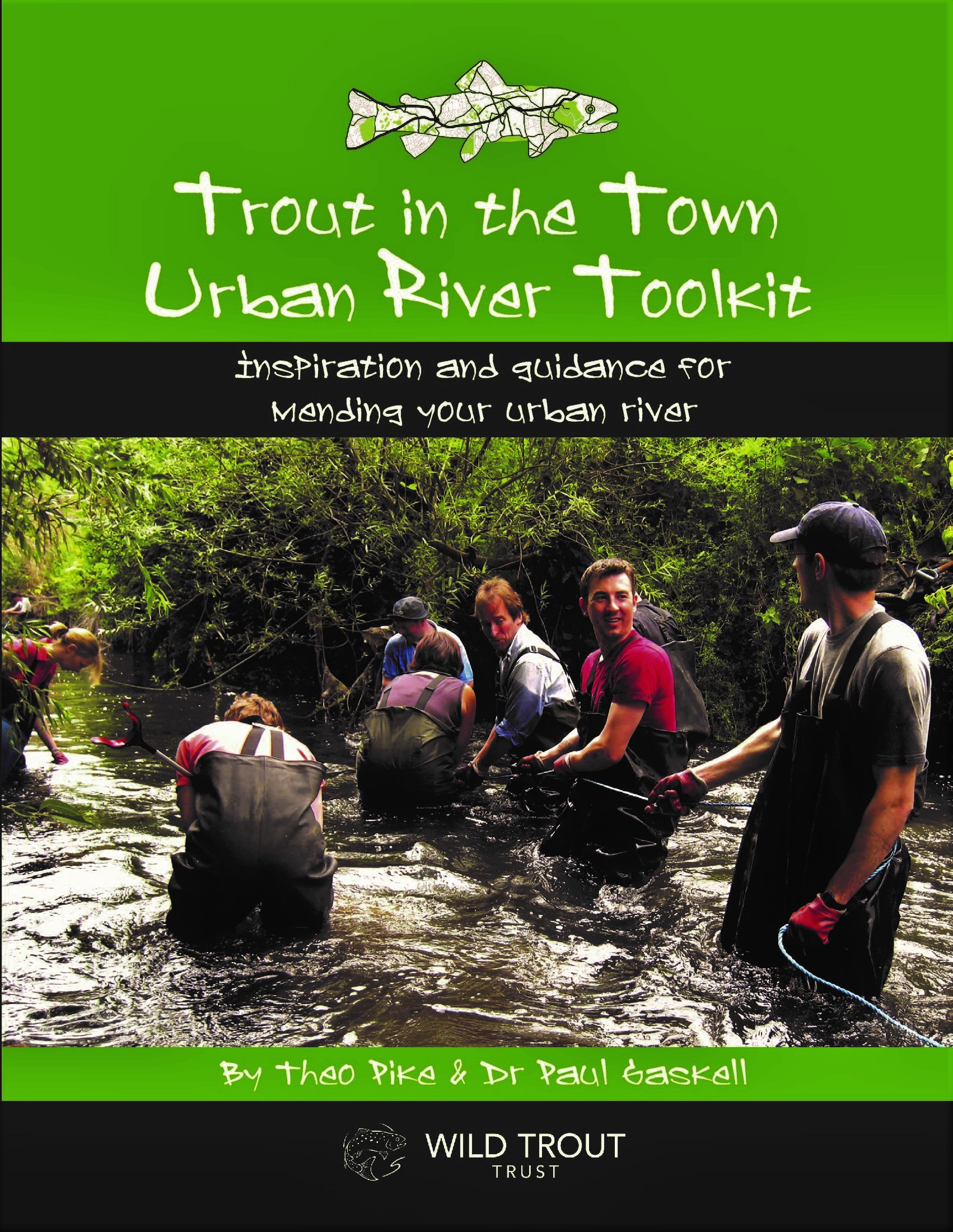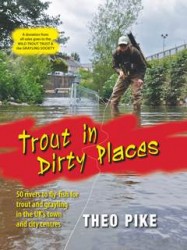This being the UK’s National Mills Weekend, we thought we’d take this opportunity to show an intriguing little film which recently came to our attention, thanks to the excellent Wandle Industrial Museum.
Almost 12 minutes of footage (somewhat hauntingly, no soundtrack) show several Wandle mill wheels still turning at some time during the 1960s or 1970s – the last survivors of more than 90 which once lined this 11-mile river in its industrial heyday. The film maker is unknown, but the museum would be very grateful for any leads or suggestions as to who, when and maybe even why…
At the same time as watching those hypnotic paddles turning, however, it’s also worth remembering that the threat of low-head hydropower returning to many of our recovering post-industrial rivers is very real.
It’s true that there’s powerful romance in Robert Louis Stevenson’s thunder of the wheel, and Victorian angling idylls of cheerful floury-aproned millers feeding pet trout in tranquil mill-ponds. And, as readers of Trout in Dirty Places will certainly remember, there’s nothing we enjoy more than fishing up through canyons of ancient mill buildings whose crumbling walls and industrial traditions may very well be older than America.
But what’s really significant about all this is the fact that those romantic old mills aren’t working any more – and that even now our professional hydromorphologists and community river restorationists are only just beginning to understand and rectify all that destruction inflicted on our rivers by centuries of uncontrolled exploitation for hydropower.
No question about it, we’ve enjoyed watching this vintage Wandle reel as much as (maybe even more than) the next industrial history geek.
Yet given too much public sentimentality and not enough science surrounding national festivals like this weekend, up to 26,000 sites on our rivers could soon find themselves trammelled by a deadly new generation of dark satanic mills complete with habitat-destroying weirs and fish-mincing turbine blades – and all to produce less than 0.5% of the UK’s electricity needs.
As responsible observers and participants in the sweep of history, we need to watch out for that too.



